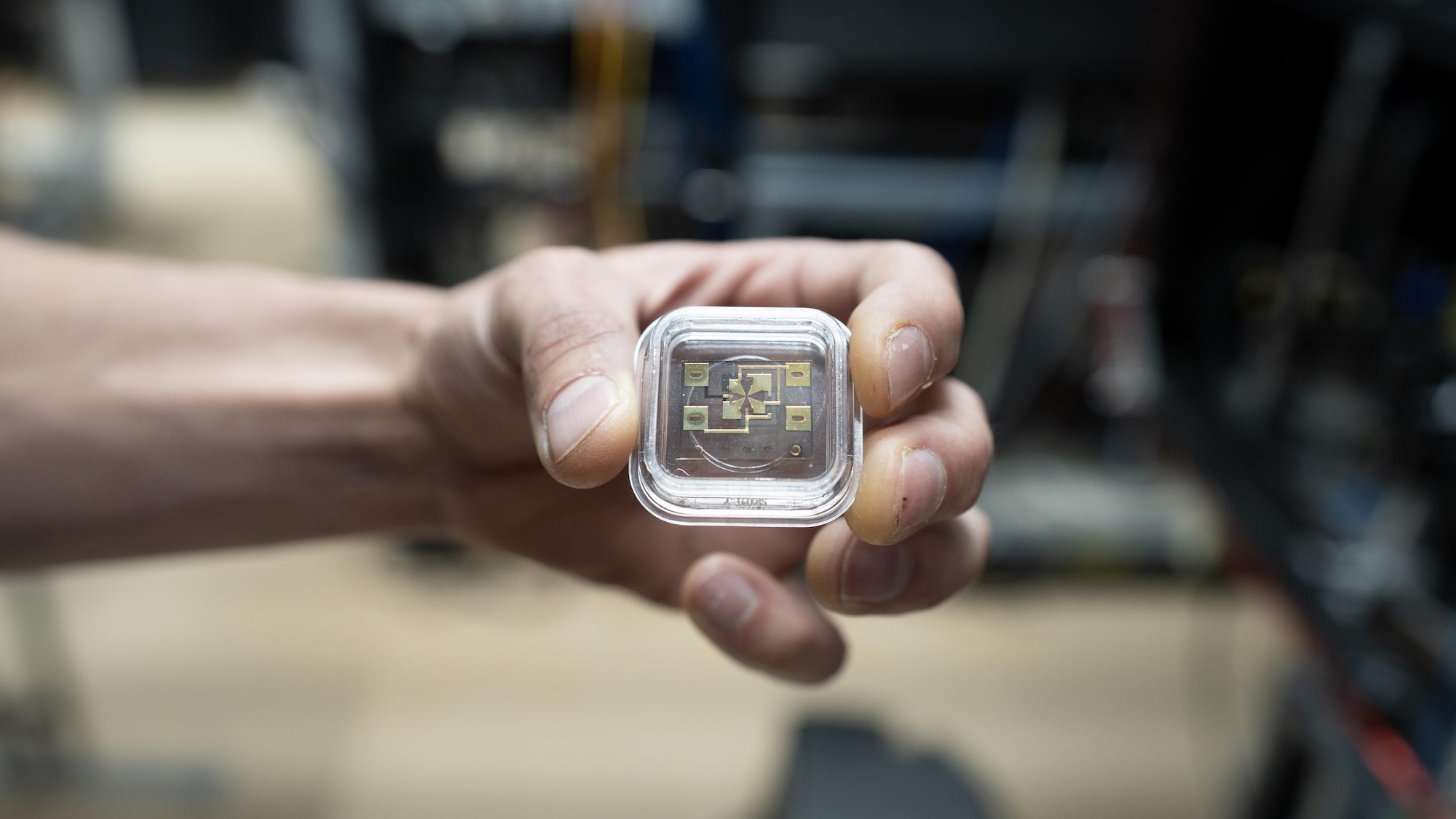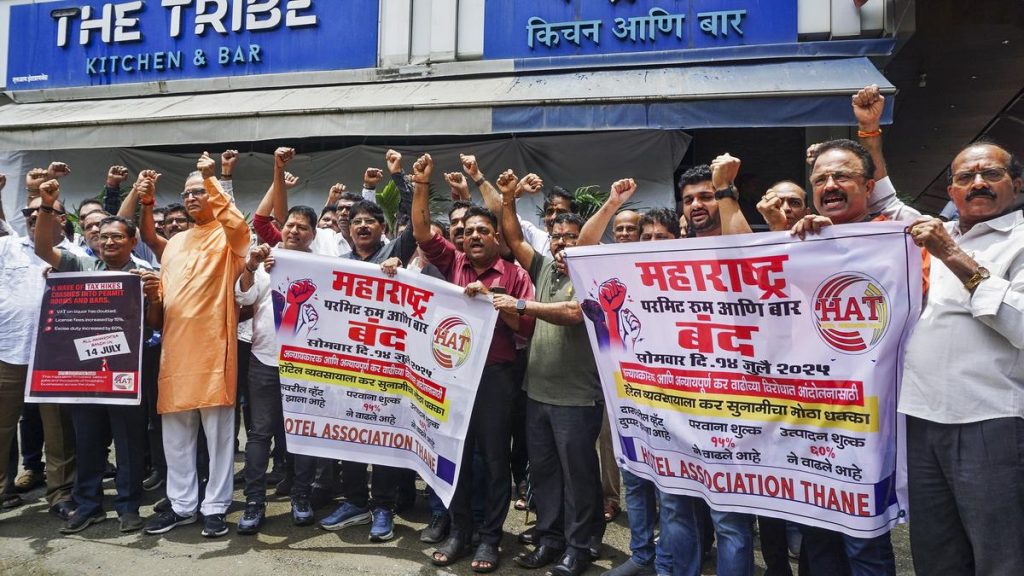Now Reading: World’s Most Accurate Clock Powered by 2-Mile Laser Beam
-
01
World’s Most Accurate Clock Powered by 2-Mile Laser Beam
World’s Most Accurate Clock Powered by 2-Mile Laser Beam

Speedy Summary:
- The National Institute of Standards and Technology (NIST) has achieved a breakthrough in optical atomic clock technology with the most accurate clock in the world, capable of precise timekeeping down to 19 decimal places.
- This represents a 41% improvement over previous records and demonstrates 2.6 times greater stability than similar ion clocks.
- The achievement relies on aluminum ions paired with magnesium ions in a “buddy system” called quantum logic spectroscopy,mitigating aluminum’s measurement challenges.
- A newly designed ion trap was developed with thicker diamond wafers and gold-coated electrodes to minimize disruptions caused by unwanted electrical imbalances.
- Enhanced components include an improved vacuum chamber system and a two-mile-long stable measuring laser beam that lengthens measurement duration from milliseconds to seconds, reducing precision-testing time substantially (down from three weeks to 1.5 days).
- This advancement aims not just for accuracy but also for deeper scientific exploration into quantum physics, computing, and precision measurements.
Image Highlights:
- Aluminum Ion Trap Modification: A physicist holds the redesigned trap essential for stable ion vibrations (Credit: R. Jacobson / NIST).
- Ion Trap Close-Up: Image showing aluminum-magnesium ion pair used for measurements (Credit: NIST).
indian Opinion Analysis:
India’s interest in advanced technologies like optical atomic clocks may find this development meaningful due to its broader implications for scientific research and technological innovation globally. Precision timekeeping can have transformative impacts on various domains such as GPS systems, satellite communication networks, astrophysics studies, or even national security applications that rely on accurate timing protocols.
Furthermore, India’s active involvement in quantum computing research can benefit indirectly from breakthroughs like these as ultra-stable systems provide foundational improvements crucial for handling complex algorithms at microscopic levels. though, developing indigenous capabilities remains key if India seeks autonomy within cutting-edge technological sectors rather than dependency on imported advancements.
The global race toward higher accuracy underscores increasing collaboration between governments and institutions worldwide on shared scientific endeavors-providing opportunities where Indian institutes could deepen participation through mutual partnerships aimed at advancing experimental physics or related studies.
for further information visit Read More
























